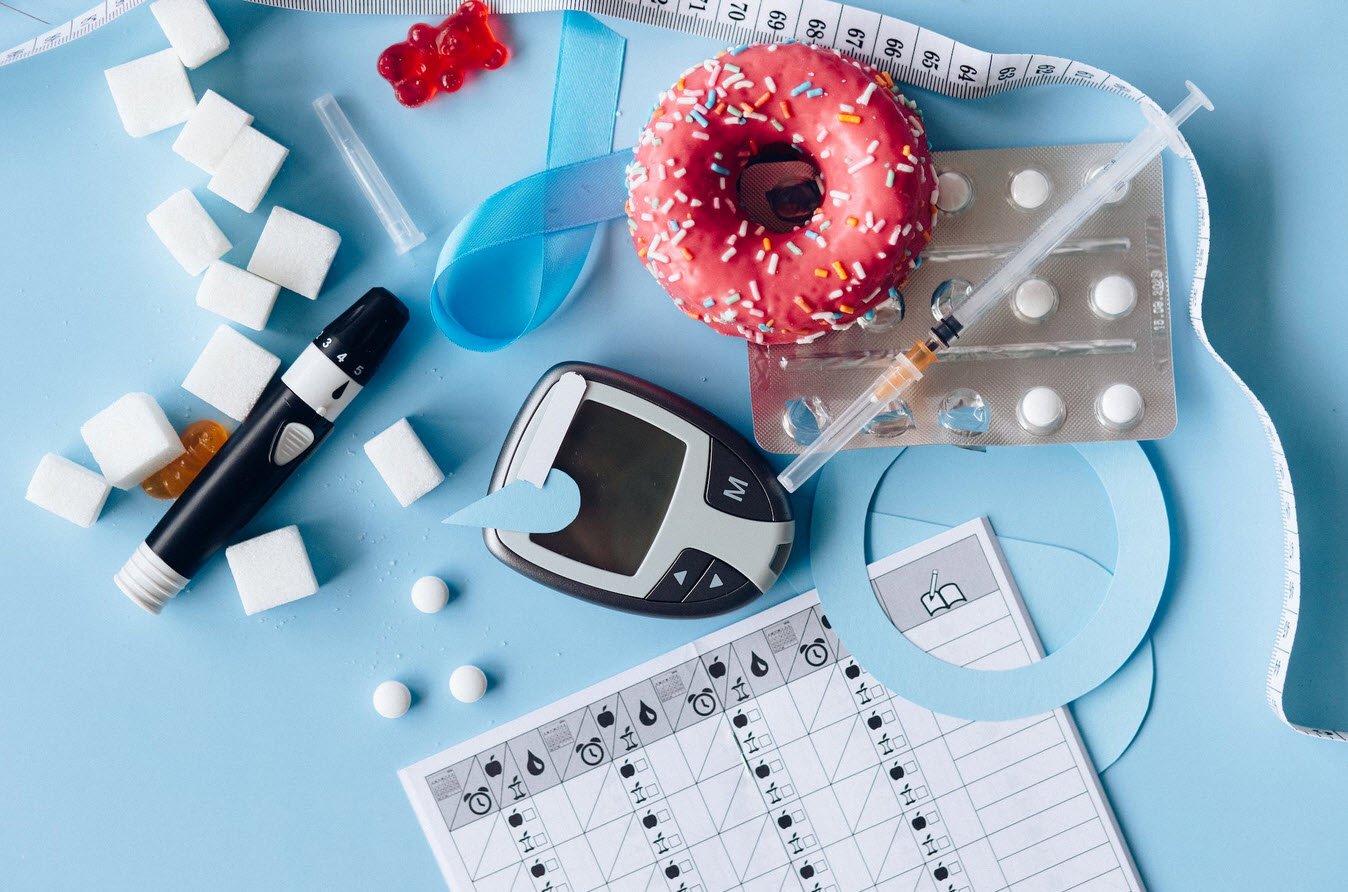
Globally, Cardiovascular diseases are the number one cause of death and they are projected to remain so. An estimated 17 million people died from cardiovascular disease in 2005, representing 30% of all global deaths.
Of these deaths, 7.2 million were due to heart attacks and 5.7 million due to stroke. About 80% of these deaths occurred in low- and middle income countries. If current trends are allowed to continue, by 2030 an estimated 23.6 million people will die from cardiovascular disease (mainly from heart attacks and strokes).
Cardiovascular diseases include:
- coronary heart disease (heart attacks),
- cerebrovascular disease,
- raised blood pressure (hypertension),
- peripheral artery disease,
- rheumatic heart disease,
- congenital heart disease, and
- heart failure.
The major causes of cardiovascular disease are tobacco use, physical inactivity, and an unhealthy diet. Over 80% of cardiovascular disease deaths take place in low-and middle-income countries and occur almost equally in men and women.
Risk Factors
- Tobacco use, an unhealthy diet, and physical inactivity increase the risk of heart attacks and strokes.
- High blood pressure has no symptoms, but can cause a sudden stroke or heart attack.
- Diabetes increases the risk of heart attacks and stroke.
- Being overweight increases the risk of heart attacks and strokes.
- Low socioeconomic status increases the chances of exposure to risk factors and increases the vulnerability to develop CVD.
The Economic Costs of Cardiovascular Diseases
a) Individuals and families
Cardiovascular diseases affect many people in middle age, very often severely limiting the income and savings of affected individuals and their families. Lost earnings and out of pocket health care payments undermine the socioeconomic development of communities and nations.
b) Countries
Cardiovascular diseases place a heavy burden on the economies of countries. For example, it is estimated that over the next 10 years, China will lose $558 billion in foregone national income due to the combination of heart disease, stroke and diabetes.
The Solution
At least 80% of premature deaths from heart disease and stroke could be avoided through healthy diet, regular physical activity and avoiding tobacco smoke.
Eat healthy food & Engage in physical activity
- Engaging in physical activity for at least 30 minutes every day of the week will help to prevent heart attacks and strokes.
- Eating at least five servings of fruit and vegetables a day, and limiting your salt intake to less than one teaspoon a day, also helps to prevent heart attacks and strokes.
- To maintain an ideal body weight, take regular physical activity and eat a healthy diet.
Stop tobacco use
- Cessation of tobacco use reduces the chance of a heart attack or stroke.
Know your numbers
- Use simple charts to determine your risk of developing a heart attack or a stroke.
- Check your blood pressure and cholesterol regularly.
- If you have diabetes, control your blood pressure and blood sugar to minimize your risk.
Use comprehensive and integrated action to prevent and control CVDs:
This requires combining approaches to reduce the risks throughout the entire population and by targeting individuals at high risk or with established disease.
Examples of population-wide interventions that can be implemented include:
- Comprehensive tobacco control policies,
- Taxation to reduce the intake of foods that are high in fat, sugar and salt,
- Building walking and cycle ways to increase physical activity, and
- Providing healthy school meals to children.
In addition, effective and inexpensive medication is available to treat nearly all cardiovascular diseases;
After a heart attack or stroke, the risk of a recurrence or death can be substantially lowered with a combination of life style changes and drugs – statins to lower cholesterol, drugs to lower blood pressure, and aspirin;
There is a need for increased government investment through national programmes aimed at prevention and control of CVDs and other chronic diseases.









This Post Has 2 Comments